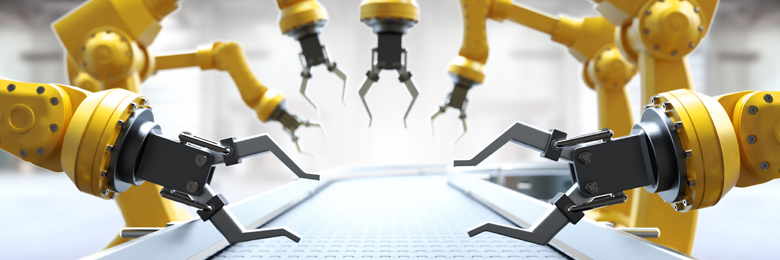The Impact of Automation on the Labor Force, the Economy, and Society
Date:
Feb 22, 2018


McKinsey Global Institute, the business and economics research arm of McKinsey & Company, summarizes their research on the potential implications of automation and shifts in job creation through 2030 in their recent study Jobs Lost, Jobs Gained: Workforce Transitions in a Time of Automation. Their findings are comprehensive and compelling.
-Kristi Kuechler, Managing Director, Investor Market, Family Office Exchange
From “Jobs Lost, Jobs Gained: Workforce Transitions in a Time of Automation,” by the McKinsey Global Institute (December 2017).
McKinsey Global Institute key findings:
- Automation technologies including artificial intelligence and robotics will generate significant benefits for users, businesses, and economies, lifting productivity and economic growth. The extent to which these technologies displace workers will depend on the pace of their development and adoption, economic growth, and growth in demand for work. Even as it causes declines in some occupations, automation will change many more—60 percent of occupations have at least 30 percent of constituent work activities that could be automated. It will also create new occupations that do not exist today, much as technologies of the past have done.
- While about half of all work activities globally have the technical potential to be automated by adapting currently demonstrated technologies, the proportion of work actually displaced by 2030 will likely be lower, because of technical, economic, and social factors that affect adoption. Our scenarios across 46 countries suggest that between almost zero and one third of work activities could be displaced by 2030, with a midpoint of 15 percent. The proportion varies widely across countries, with advanced economies more affected by automation than developing ones, reflecting higher wage rates and thus economic incentives to automate.
- Even with automation, the demand for work and workers could increase as economies grow, partly fueled by productivity growth enabled by technological progress. Rising incomes and consumption especially in developing countries, increasing health care for aging societies, investment in infrastructure and energy, and other trends will create demand for work that could help offset the displacement of workers. Additional investments such as in infrastructure and construction, beneficial in their own right, could be needed to reduce the risk of job shortages in some advanced economies.
- Even if there is enough work to ensure full employment by 2030, major transitions lie ahead that could match or even exceed the scale of historical shifts out of agriculture and manufacturing. Our scenarios suggest that by 2030, 75 million to 375 million workers (3 to 14 percent of the global workforce) will need to switch occupational categories. Moreover, all workers will need to adapt, as their occupations evolve alongside increasingly capable machines. Some of that adaptation will require higher educational attainment, or spending more time on activities that require social and emotional skills, creativity, high level cognitive capabilities and other skills relatively hard to automate.
- Income polarization could continue in the United States and other advanced economies, where demand for high-wage occupations may grow the most while middle-wage occupations decline— assuming current wage structures persist. Increased investment and productivity growth from automation could spur enough growth to ensure full employment, but only if most displaced workers find new work within one year. If reemployment is slow, frictional unemployment will likely rise in the short-term and wages could face downward pressure. These wage trends are not universal: in China and other emerging economies, middle-wage occupations such as service and construction jobs will likely see the most net job growth, boosting the emerging middle class.
- To achieve good outcomes, policy makers and business leaders will need to embrace automation’s benefits and, at the same time, address the worker transitions brought about by these technologies. Ensuring robust demand growth and economic dynamism is a priority: history shows that economies that are not expanding do not generate job growth. Midcareer job training will be essential, as will enhancing labor market dynamism and enabling worker redeployment. These changes will challenge current educational and workforce training models, as well as business approaches to skill-building. Another priority is rethinking and strengthening transition and income support for workers caught in the crosscurrents of automation.
